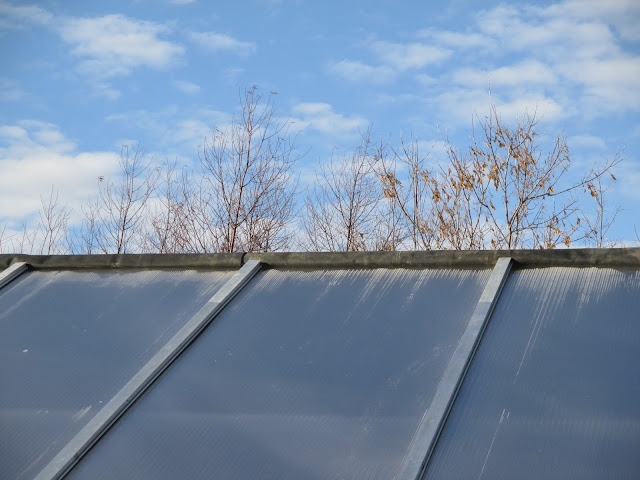 |
| One of Four Granny Smith Apple Tree Without Leaves But with Hundreds of Apples |
 |
| Gallon Bags of Dehydrated Apple Slices and Other Drying Experiments |
 |
| Three 5-gallon Carboys & Two 6-gallon Pails of Juice Fermenting |
 |
| A Few Red Cabbages with Top Leaves Trimmed Off |
 |
| Cross Section of A Red Cabbage |
 |
| Five and Three Gallon Crocks Filled with Fermenting Cabbage and Other Veggies. Tops Are Weighing Down Plates That Keep Veggies Submerged in Brine. |
Beans are easier to preserve than fruits and vegetables that have to be cut, shredded or squeezed. They simply have to be shelled and spread out to dry. Peppers, too, can be hung out to dry, and look good in one corner of the kitchen. Need a little heat in a dish? Pull one off and crumble it into the pot!
 |
| Scarlet Runner Beans in Various States of Drying |
 |
| A Ristra of Alice's Favorite Hot Pepper (from a fellow seed saver) Hanging Out to Dry |

















